Are you also someone who feels stressed and gets body aches often? Or maybe someone who just wants to feel more grounded, calm, and composed in this fast-paced world. Well, that’s where yoga comes in! Yoga is not just about stretching on a mat, but it’s a “way of living”. Yoga is about achieving balance in your body, mind, and everyday life. And this is exactly what we are going to learn in this ultimate guide to Yoga for a Healthy Life.
Here in this blog, we’ll guide you through it all from what exactly yoga is, Importance of Yoga in Daily Life, to the various classifications of asanas and how they can contribute to a healthier, happier life. So, come, let’s get started towards bringing peace to your soul.
What Is Yoga and Why Does It Matter Today
Do you ever feel like the life around you is moving a bit too fast? It is easy to feel disconnected from yourself due to work, screens, and stress in a loop. This is exactly where the yoga comes in! As yoga is not just about stretching or a workout, but it is a way of life that helps you reset everything in and around you.
Basically, the concept of yoga education is a lot more than just moving your hands and legs in action. It is about learning how to live life with more balance in every form—mentally, physically, and also emotionally. With yoga, you learn to breathe better, be mindful, and develop a sense of awareness in day-to-day life.
If you are someone new to yoga, the introduction to yoga and yogic practices might seem a little overwhelming in the beginning. But yeah, it doesn’t have to be complicated all the way along. You don’t have to master each pose. All you need to do is start where you are. The yoga fundamentals focus on simple things like your breath, your posture, and your overall presence. That’s where the magic begins.
Getting Started With Yoga
It’s totally normal to feel a little intimidated while starting something new. But that doesn’t have to be that way when it comes to yoga, because with yoga, you can just go at your own pace.
Some beginner tips:
- Don’t worry about being flexible.
- Focus on your breath because it’s more important than the pose.
- Try short sessions first,10–15 minutes is totally fine.
- Use a yoga mat and wear comfy clothes.
- Most importantly, listen to your body.
A typical daily practice might look like this:
- Warm-up (light stretching)
- Standing poses (for strength and stability)
- Seated poses (for flexibility)
- Breathwork (Pranayama) and relaxation (Savasana) to finish
When it comes to yoga fundamentals, just remember: consistency beats intensity. Also, follow a few dos and don’ts. Don’t overdo it, don’t skip the warm-up, and never compare yourself to others— everyone has their own pace!
The History of Yoga: Roots and Evolution
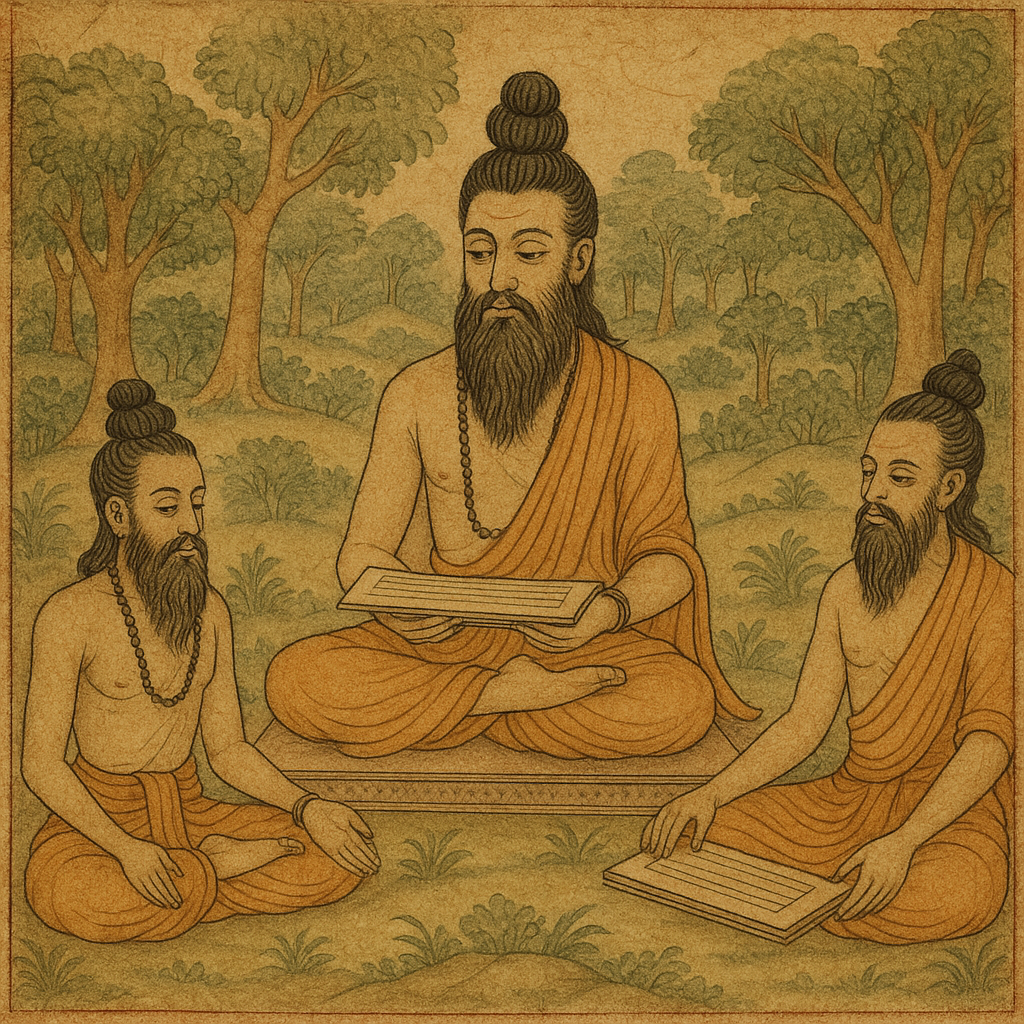
So, where did yoga actually begin? Where do its roots lie? Well, the history of yoga goes back over 5000 years! Yoga started in ancient India as a deeply spiritual practice. Yoga was discovered in the Vedas- the holy scriptures. Back then, it was more about meditation and self-discovery than Downward dogs (modern term of yoga pose).
If you take a brief history of yoga, you’ll see how it went from quiet forest retreats to yoga studios across the world. A big turning point came with Patanjali’s Yoga Sutras around 200 BCE, which laid the groundwork for what many now call “classical yoga.”
Whether you’re curious about the history of yoga in India, how it developed over time, or how it ended up in gym classes and wellness apps, one thing is clear that yoga has been around for a long time, and it’s not going anywhere. In fact, its timeless relevance is what makes it a core pillar of Yoga for a Healthy Life.
The Six Branches of Yoga
You would have probably heard of Hatha Yoga, but did you know there are six branches of yoga?
Let’s look at this quick breakdown:
- Raja Yoga – The “king” of yoga. It’s all about meditation and controlling the mind.
- Hatha Yoga – The one most people know. Focuses on physical postures and breathing.
- Karma Yoga – The yoga of selfless action. (Yep, “Karma yoga is a branch of” doing good without expecting anything back.)
- Bhakti Yoga – This form is all about love and devotion.
- Jnana Yoga – The path of wisdom and knowledge.
- Tantra Yoga – Explores energy and rituals for spiritual growth.
Therefore, whether you want to get fit, find peace, or dive deep into spiritual practice, there is a yoga path for you.
Types of Yoga Asanas and Their Benefits
Let’s talk about poses, also known as asanas. There are so many out there, it’s easy to wonder: how many types of yoga asanas are there? Traditionally, 84 classical poses, but in modern yoga? Easily hundreds.
Let’s talk about poses, also known as asanas. There are so many out there, making it obvious to wonder, “How many types of yoga asanas are there?”. Traditionally, it’s only 84 classical poses, but in modern yoga? Easily hundreds.
Here are some main categories:
- Standing Asanas – Great for balance and strength (like Warrior Pose)
- Seated Asanas – Help with flexibility and grounding
- Twisting Asanas – Aid digestion and detox
- Balancing Asanas – Improve focus (like Tree Pose)
- Backbends – Open up the chest and boost energy
Now, what are the benefits of yoga asanas? Improved posture, better sleep, stronger muscles, less stress and the list goes on. Whether you’re practising the 3 types of asanas or trying out different types of yoga asanas with names, just know every pose has something good to offer, and each one contributes to your path of Yoga for a Healthy Life.
Yoga for Physical Health
Boosting Heart Health
Do you also want to keep your heart happy? Yoga has the solution for this, too. Yoga can help reduce blood pressure, lower stress, and improve circulation. Some great yoga asanas for heart health include:
- Tadasana (Mountain Pose)
- Vrikshasana (Tree Pose)
- Anulom Vilom (Alternate nostril breathing)
These 3 yoga poses are especially great for anyone looking into yoga for heart problems, heart blockage, or just wanting a healthy heart.
Supporting Immune, Lung & Gut Health
Yoga is not just good for your heart, but it is also good for your entire body system (internal and external). Breathing exercises like Kapalabhati help in boosting your lung power. These practices not only boost immunity but also enhance gut health and respiratory efficiency. No wonder yoga for the lungs and heart is so popular these days.
Yoga for Mental and Emotional Well-being
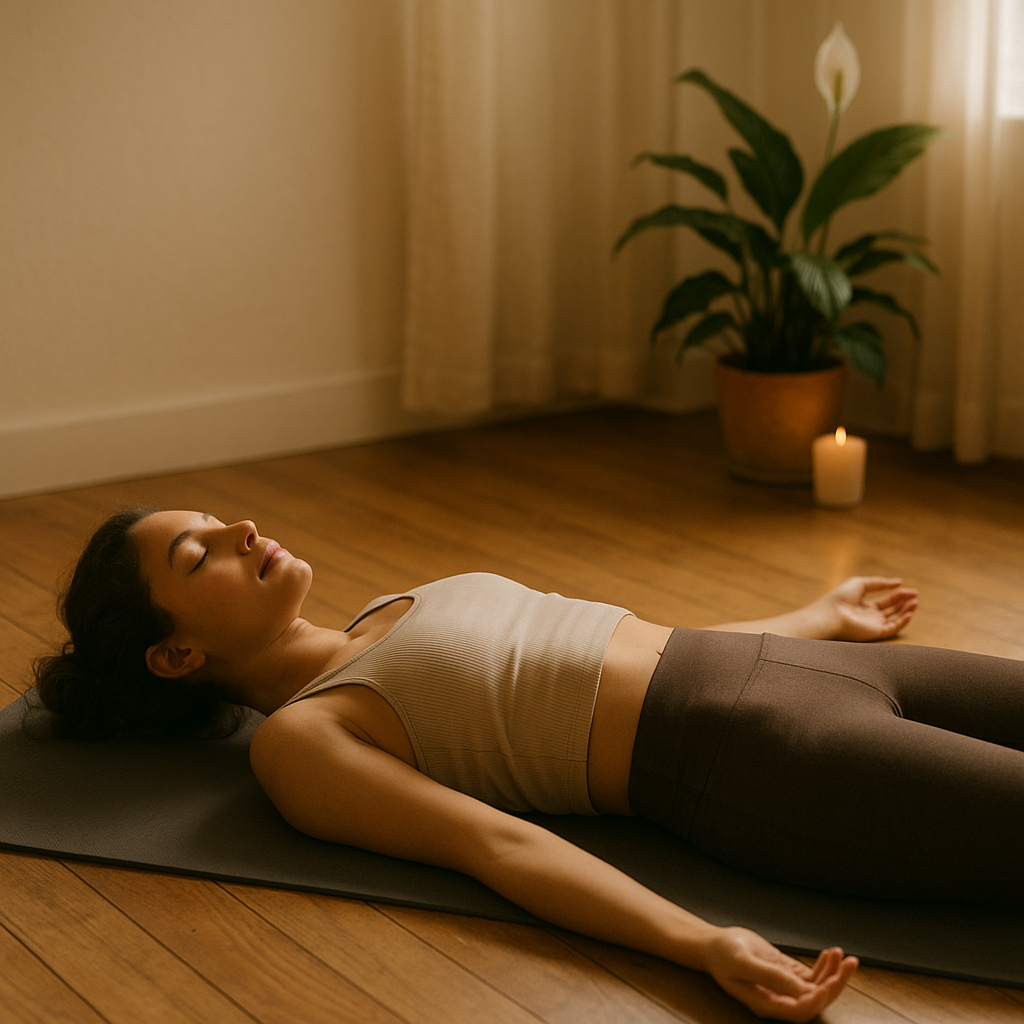
This is a proven theory that yoga truly does wonders for your mood. No matter if you are feeling anxious or overwhelmed, just try the following asanas to lift up your mood:
- Child’s Pose for grounding
- Shavasana for deep relaxation
- Legs-Up-the-Wall for calming nerves
When life gets too loud, just go ahead and do these mental health yoga poses for mental management and feel the magic for yourself.
Panic Attacks? Stress? Try This:
Did you know yoga can minimise symptoms of panic attacks, anxiety, and even depression? Yoga for peace of mind is achieved through breathing, such as Bhramari (humming bee breath) and slow flows that reset your nervous system gradually.
So, if you’re wondering which yoga helps in emotional management, start with gentle flows, breathwork, and daily mindfulness for a few minutes.
Recommended Reads: 4 Simple Yoga Stretches for Back Pain Relief – Playo
Yoga for Skin and Hair Health
You really need to understand that glowing skin isn’t just about serums and other cosmetics; it starts from within. It is surprising, but there is yoga for glowing skin and healthy hair that improves blood flow, supports detox, and balances hormones.
Try these:
- Face yoga exercises for glowing skin – gently stretch and tone your facial muscles
- Inversions like Downward Dog bring blood to the face and scalp
By practising this yoga in your day-to-day life, not only will your skin thank you, but your confidence will get a boost too!
Yoga for Restful Sleep
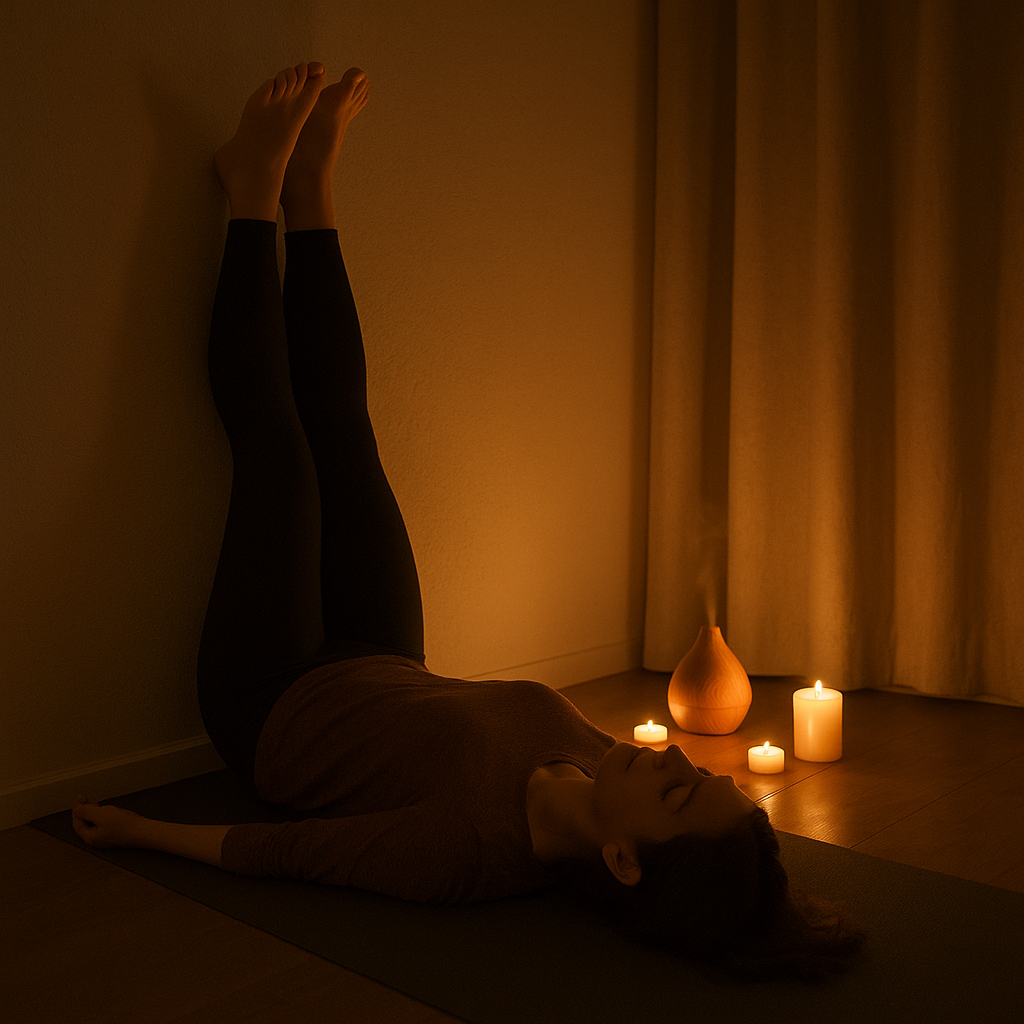
Are you someone who struggles to sleep and keeps wondering about the root cause? Just skip the scrolling and try some yoga instead.
The following are some Ideal yoga poses for sleep:
- Supta Baddha Konasana (Reclining Bound Angle)
- Viparita Karani (Legs-Up-the-Wall)
- Gentle twists and forward folds
You can also try yoga mudra for sleep, like the Shanmukhi Mudra, to calm your mind. These poses and practices are super helpful for anyone dealing with sleep disorders or sleep apnea. The cause can be anything, but these yoga poses will help you irrespective of the cause.
If you are looking for a quick visual guide, check out this Instagram reel on yoga for stress, anxiety, and better sleep to get started with simple practices right away.
Final Thoughts
Now you would have understood that Yoga is more than a fitness trend, but actually a full-on life update. Now, the fact is pretty clear that, from better sleep to clearer skin to less stress, yoga touches every part of your life. Whether you’re doing it for your heart, your head, or just some peace and quiet, it’s one of the best habits you can build.
Hence, get up, roll out that mat, take a deep breath, and start your yoga journey toward a truly healthy life today—one pose at a time.
Frequently Asked Questions:
1. What are the benefits of yoga asanas?
Yoga asanas help improve flexibility, build strength, boost blood circulation, enhance posture, reduce stress, and support better sleep and digestion.
2. How many types of yoga asanas are there?
Traditionally, there are 84 classical yoga asanas, but in modern practice, there are hundreds. These can be grouped into types like standing, seated, balancing, twisting, and backbends.
3. What are the different types of yoga asanas and their uses?
Some common types include:
– Standing Asanas (for strength and balance)
– Seated Asanas (for flexibility and calm)
– Twisting Asanas (aid digestion and detox)
– Balancing Asanas (improve focus and coordination)
– Backbends (boost energy and open the chest)
4. Which yoga asanas help in emotional management?
Yoga poses like Child’s Pose, Shavasana(Corpse Pose), and Legs-Up-the-Wall are great for emotional balance. Breathwork techniques like Bhramari Pranayama also calm anxiety and reduce stress.

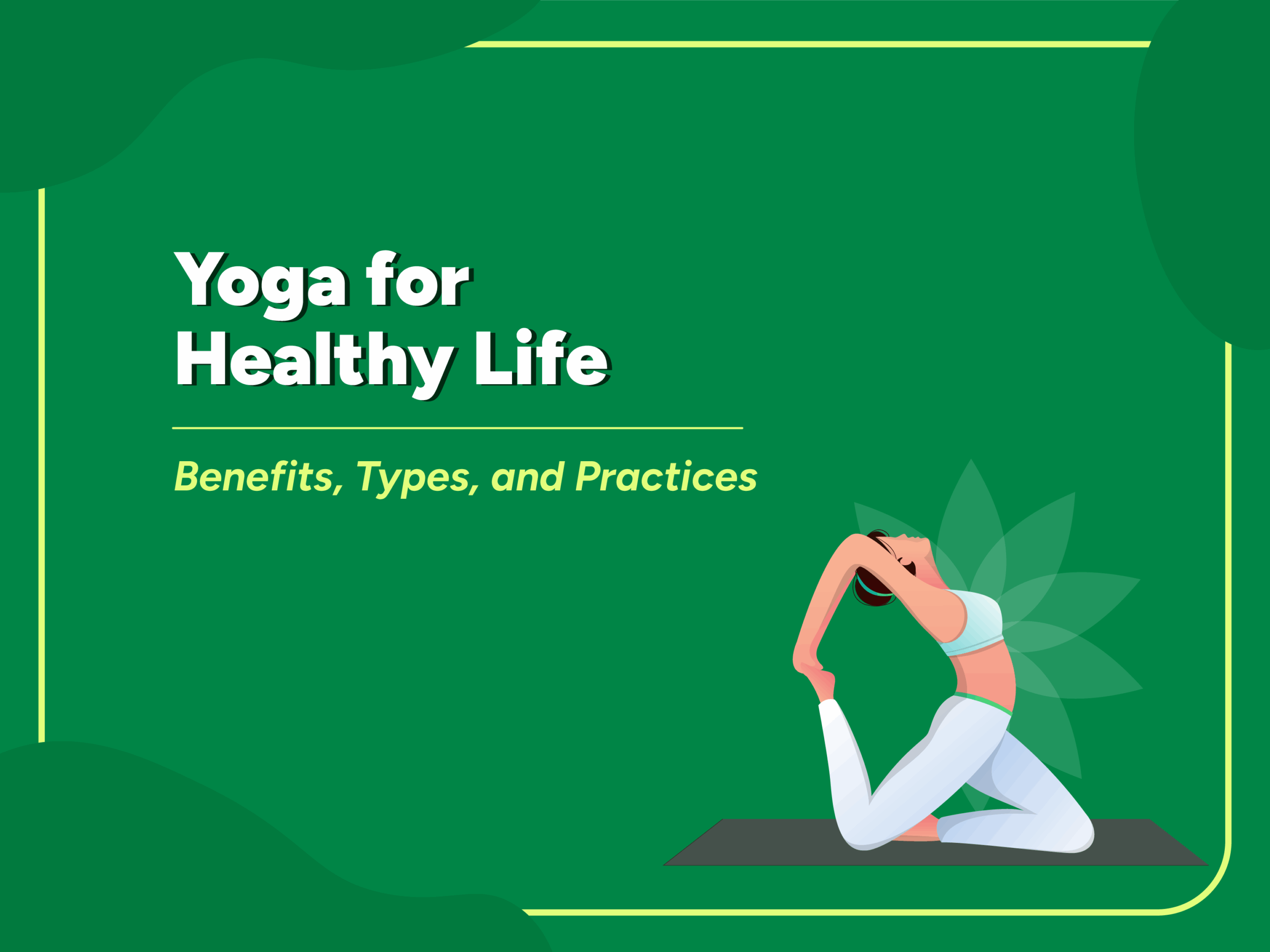
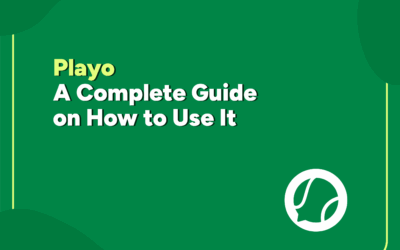

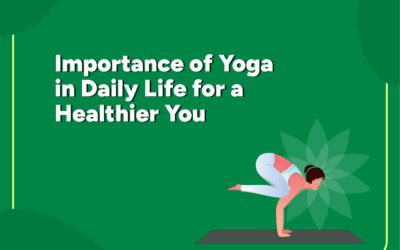
0 Comments